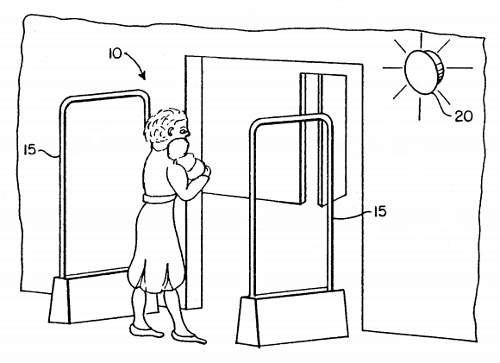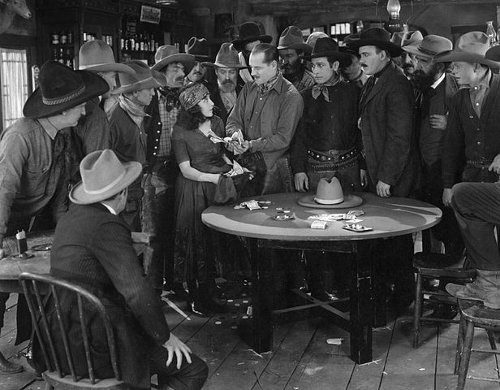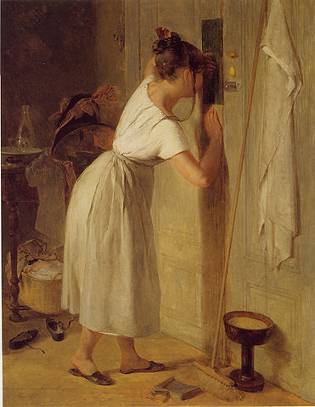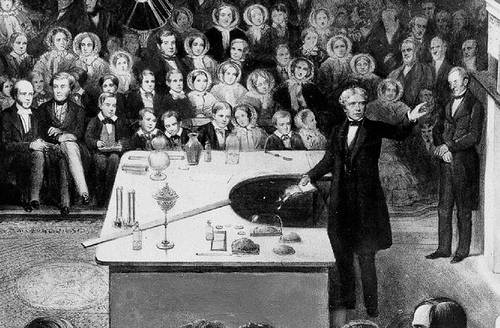
One day [Ben Franklin] came, half-frozen from his long ride, to a wayside inn. A great crowd was about the fire, and for some time Franklin stood shivering. Suddenly he turned to the hostler.
‘Hostler,’ said he in a loud voice, ‘have you any oysters?’
‘Yes, sir.’
‘Well, then,’ commanded Franklin in still louder tones, ‘give my horse a peck!’
‘What!’ exclaimed the hostler, ‘give your horse oysters!’
‘Yes,’ said Franklin, ‘give him a peck.’
The hostler, decidedly astonished, prepared the oysters and started for the stable. Everybody instantly arose from the fire-place and rushed out to see the marvellous horse eat oysters. Franklin took the most comfortable seat before the roaring blaze, and calmly awaited developments. Soon all returned, disappointed and shivering.
‘I gave him the oysters, sir,’ said the hostler, ‘but he wouldn’t eat them.’
‘Oh, well, then,’ answered Franklin nonchalantly, ‘I suppose I shall have to eat them myself. Suppose you try him with a peck of oats.’
— Carl Holliday, The Wit and Humor of Colonial Days, 1912







